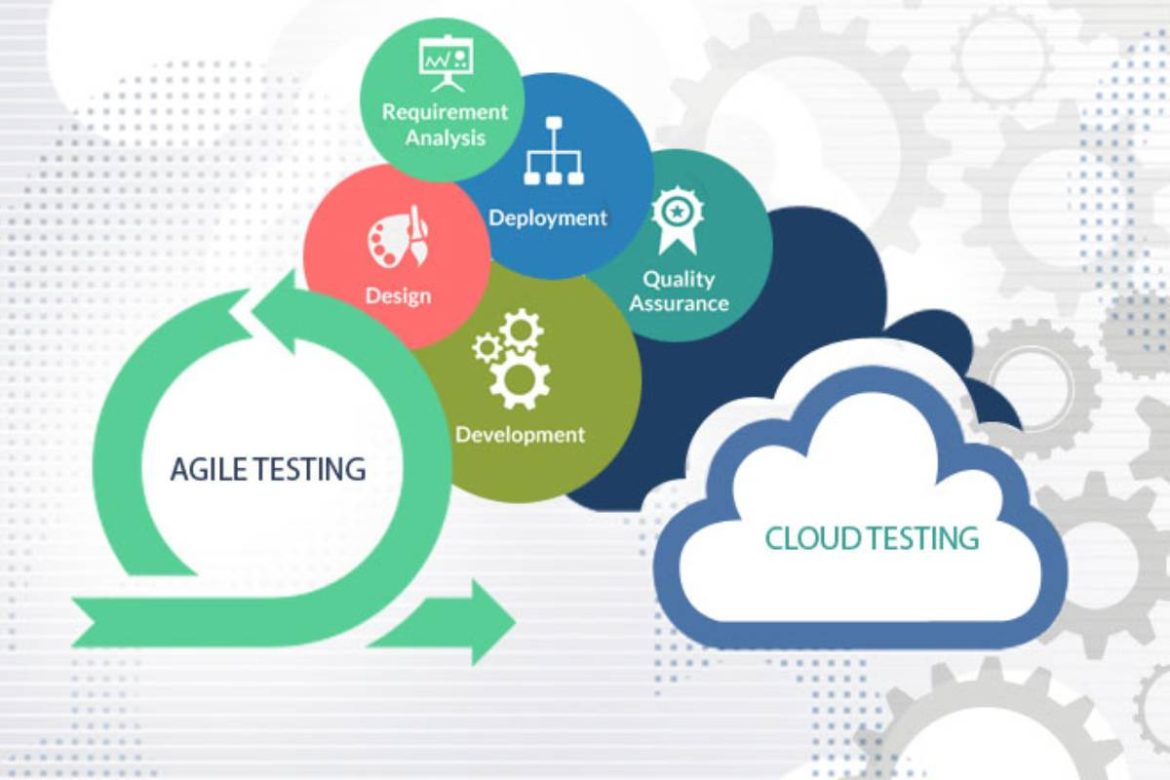Before being released to a live production environment, software goes through a series of stages, the most important of which is testing. It is an important stage of the software development lifecycle (SDLC) as it ensures the new code matches expected requirements and is error-free before being distributed to users in production.
Below is an in-depth guide to the different kinds of DevOp test environments developers must go through as part of their software pre-release strategies.
Table of Contents
Types of DevOp Test Environments
1: Development Environments
The development environment is the first environment where developers write unique code and test the unit to make sure these lines of code function as expected. After the verification stage, changes get deployed to an ephemeral or persistent environment.
Typically, development environments get configured with backend and frontend services; however, they cannot conduct API calls for external vendor systems.
Vendors charge developers depending on how many transactional calls they make to their specific APIs. This escalates costs upwards, so developers choose to set up these environments to make API calls after testing integration is complete.
Development environments allow developers to use new code to change the environmental configuration minus the worry of the impacts on end users. They also support multiple environments, allowing developers to concentrate on their unique features without worrying about interfering with other developers’ code.
2: QA And Development Environments
QA and development environments have this in common; they follow the same configuration process. However, QA environments must have functional databases to facilitate case verification testing.
The QA environment objectives include the following:
- Data must get transferred and stored properly;
- New code should handle production-related data; and
- Developers and testers must ensure that new code and features function coherently.
To ensure that this test environment meets these objectives, developers need to mind the challenges of depending on a single QA environment and include fully operational databases in live product environments.
3: Staging Environments
This test environment allows developers to gauge how the software performs in a live production environment. At this stage, developers put new code through very stringent tests, including user, load, mobile, and end-to-end testing.
All services must be enabled for all these tests to be performed. All backend, frontend, and microservices must be configured and API calls to outside vendors turned on.
Developers can implement a successful staging environment by following the practices below:
- Involving key stakeholders (business stakeholders can catch something developers had left out, allowing issues to get addressed faster);
- Testing how it performs in realistic environments (this allows developers to gauge the ability of an application to handle production-like workloads); and
- Adopting an application architecture based on microservices (this allows developers to identify which services failed, fix those services, and restore functionality without making changes to the entire software).
Learn Devops Course Online
Whether you’re just starting out or already have some experience, we offer various DevOps courses designed to fit your needs. Curated from top educational institutions and industry leaders, our selection of devops course in bangalore aims to provide quality training for everyone—from individual learners seeking personal growth to corporate teams looking to upskill.
Guarantee the Quality of Your Application with a DevOpTest Environment
Development, QA, and Staging environments are safe and efficient spaces to conduct all your basic tests. As part of your pre-release strategy, you should ensure that your application gets rigorously tested, as this guarantees the quality of your product and satisfaction to the end user. Get the best testing solutions and get your product ready today.

